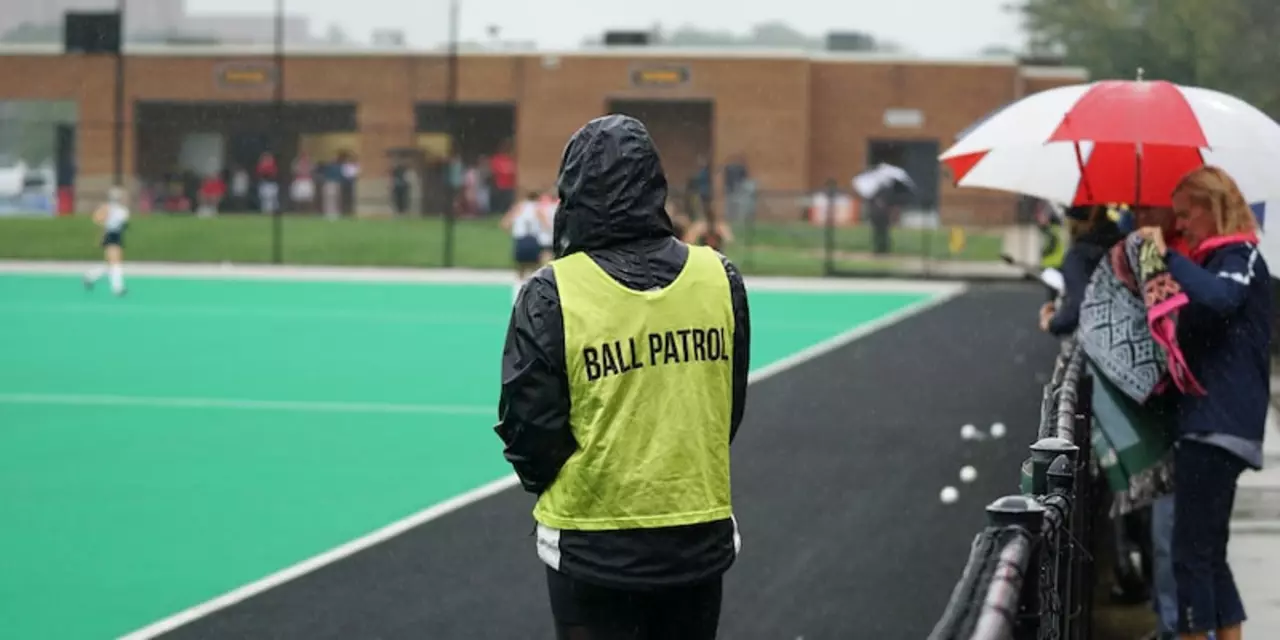Field Hockey: Tips, News and the Perfect Playing Field
Welcome to the Field hub of Lipson Lions Hockey Club. Whether you’re chasing a ball on grass, turf or an indoor surface, the right field makes a huge difference. Here we break down the basics, share the latest club updates, and give you clear, practical advice you can use straight away.
Choosing the Right Field for Your Game
First thing’s first: know the surface you’re playing on. Grass fields feel soft but can get muddy fast, while synthetic turf offers consistent bounce and speed. If you’re training at the club, our home turf is a hybrid that blends durability with a natural feel. When you book a venue, check for drainage, evenness and line markings – uneven ground leads to bad footwork and injuries.
Don’t forget the size. A standard field hockey pitch is 91.4 m × 55 m. If your venue is smaller, adjust your drills. Short‑side games help improve close‑quarters skills and force faster decision‑making. For beginners, a reduced‑width field keeps the ball in play longer, building confidence before moving to full size.
Improving Your Field Hockey Skills on Any Surface
Got a new field? Test your stick handling before a full‑scale practice. Simple dribble circuits – weave between cones, sprint, then stop on a whistle – teach you to adapt to surface speed. On turf, the ball rolls quicker, so focus on short, crisp touches. On grass, you’ll need a bit more force, so practice powerful pushes.
The Lipson Lions coaching team recommends a three‑step routine every session: warm‑up, skill drill, cool‑down. Warm‑ups can be as easy as a jog around the perimeter followed by dynamic stretches. For skill drills, try the “One‑Hand Pass” – pass the ball with just your forehand, then switch to backhand. This builds ambidexterity and prepares you for unpredictable game situations.
Cool‑downs are often overlooked but are key for recovery. Light jogs and static stretches keep muscles flexible and reduce soreness. It’s also a good time to discuss today’s practice, share what worked and what didn’t.
When it comes to equipment, the right shoes matter. Turf shoes with short, rubber studs give you grip without tearing the surface. Grass shoes have longer studs for deeper penetration. If you’re unsure, chat with our kit manager – they can match you to the proper pair.
Lastly, keep an eye on club news. This week we’re hosting a friendly match on our renovated home field against a neighbouring club. It’s a perfect chance to test your new skills in a real game. Sign‑up details are on the homepage, and the team will be wearing the new lime‑green jerseys we just unveiled.
Remember, the field is more than just a place to play – it’s a training partner. By understanding its quirks, picking the right gear, and following simple practice routines, you’ll see faster improvement and enjoy every match more. Got a question about field conditions or want a personal tip? Drop us a comment below; the Lipson Lions community loves to help each other out.
